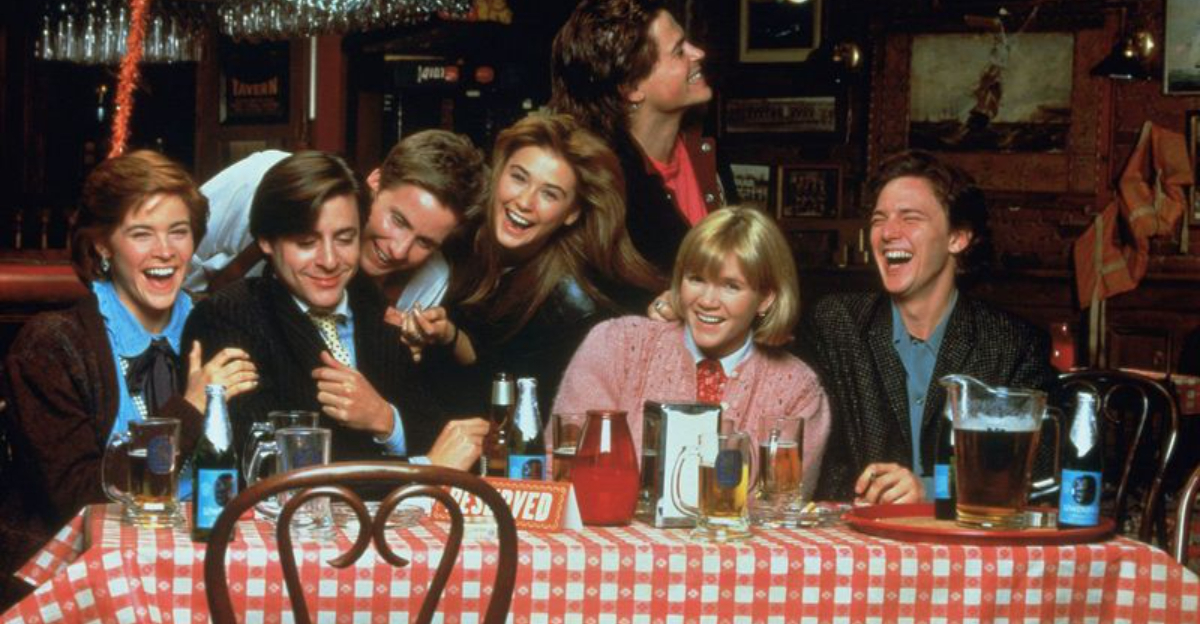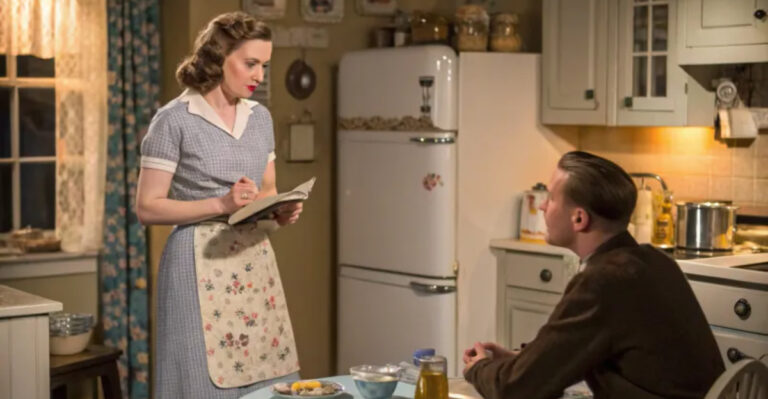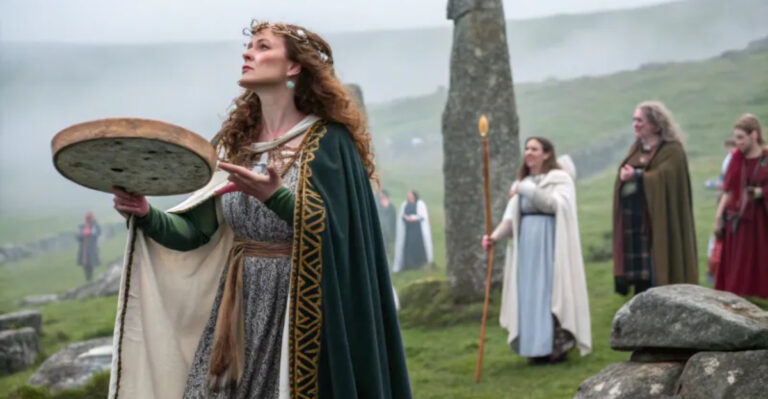17 Joys Of The Pre-Internet Era Gen Z Will Never Know
Travel back to a time when joys were simpler, and the world moved at a different pace. The pre-internet era was a treasure trove of real moments that brought unique pleasures. From scribbling notes in class to the anticipation of a developed photograph, these moments were ephemeral yet powerful.
Each experience carries a charm that today’s digital convenience cannot replicate. Join us on this nostalgic journey as we explore 17 endearing joys from an era gone by.
1. Making a mixtape took hours—and meant everything

Crafting the perfect mixtape was a labor of love. Each song chosen was a carefully considered message, a poetic expression of one’s feelings. Recording required patience, timing, and a little bit of magic. Play, pause, rewind, and record—a ritual of dedication and creativity. The mixtape became a personal artifact, often decorated with handwritten labels and doodles.
It was a gift that said more than words ever could. Sharing a mixtape was like sharing a piece of one’s soul. These curated collections were treasured keepsakes, capturing emotions and memories that digital playlists can never quite replicate.
2. Saturday morning cartoons were sacred
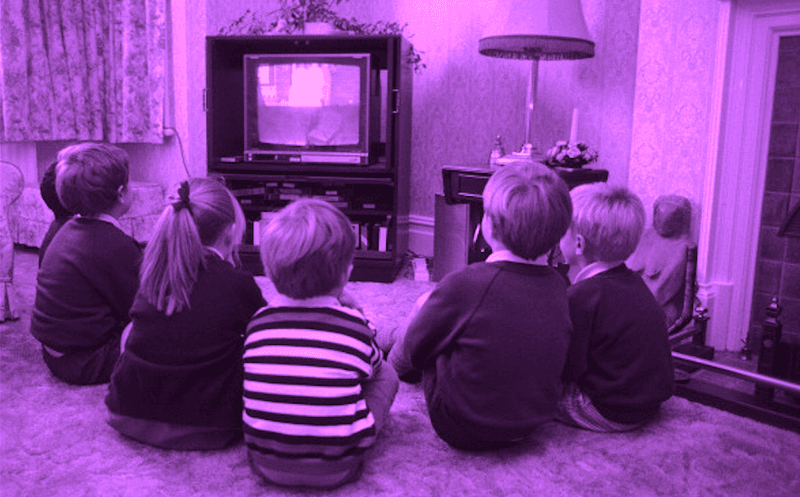
Saturday mornings were magical, a time when children gathered around the TV for their favorite cartoons. It was ritualistic, waking up early to catch beloved shows, each episode a weekly event. There was no streaming or on-demand viewing, so missing a show meant waiting another week. Cartoons were a shared experience among friends, creating bonds over favorite characters and stories.
The excitement of new episodes made every Saturday special, a joyful escape into colorful worlds. With bowls of cereal and sleepy eyes, these mornings were a cherished part of childhood, creating memories that would last a lifetime.
3. Passing notes in class was peak romance
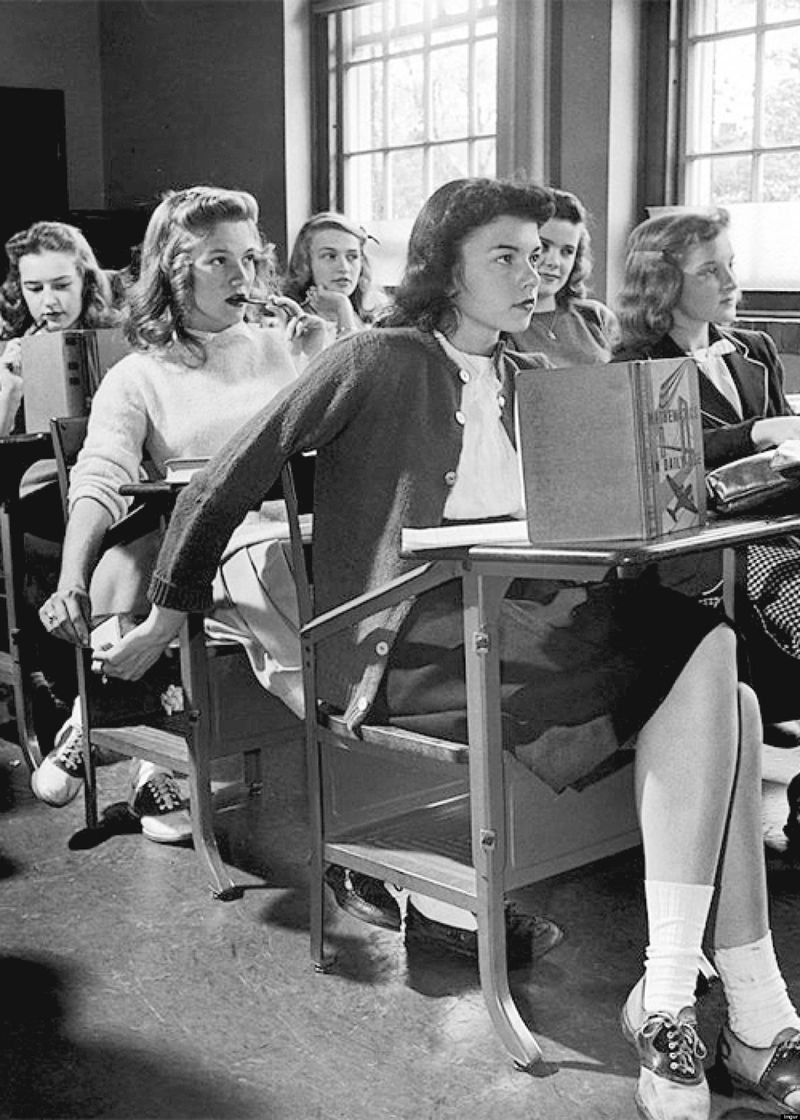
In an era without texting, passing notes was the ultimate romantic gesture. Each note was a tiny paper treasure, folded with care and clandestinely passed from desk to desk. These handwritten messages were filled with youthful innocence, secret crushes, and inside jokes.
The thrill of receiving a note in the middle of class was unmatched. It was a coded language among friends and admirers, a way to communicate without words. Passing notes was an art, with intricate folds and clever delivery methods. It was a small act that carried a big impact, leaving a lasting impression on young hearts.
4. Calling someone’s house and hoping they were home
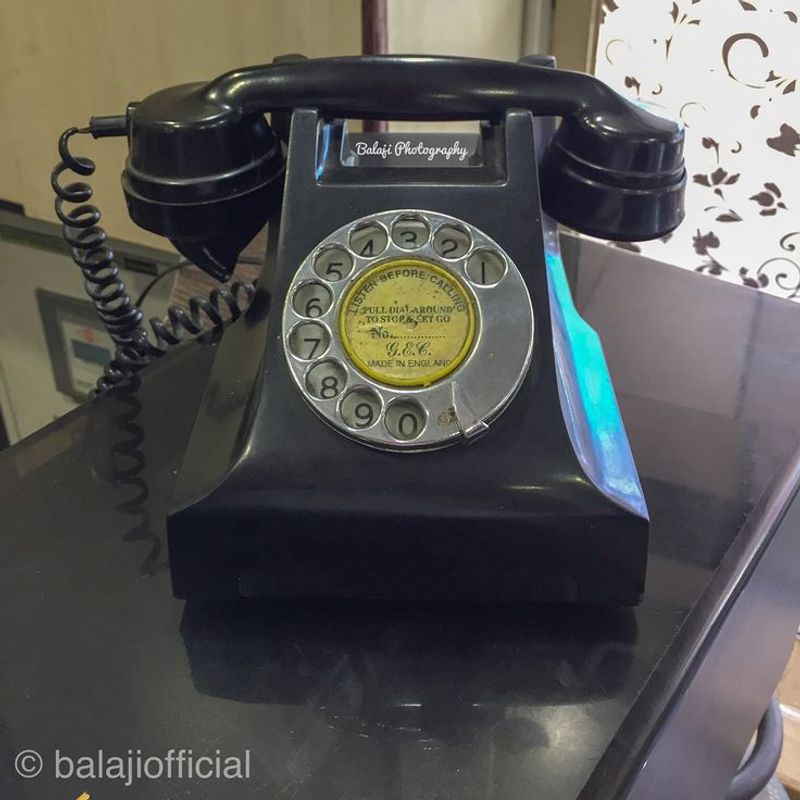
Before the era of cell phones, calling a friend meant dialing their home number and hoping they were there to answer. It was a moment of suspense, listening to the rings and waiting for someone to pick up. If no one was home, the answering machine would deliver your message. Planning hangouts required patience and a bit of luck.
This process made each connection feel intentional, a deliberate effort to reach out and connect. The unpredictability of phone calls added an element of excitement, making every conversation more meaningful. It was a time when talking on the phone was a cherished part of daily life.
5. Hanging out meant actually being together
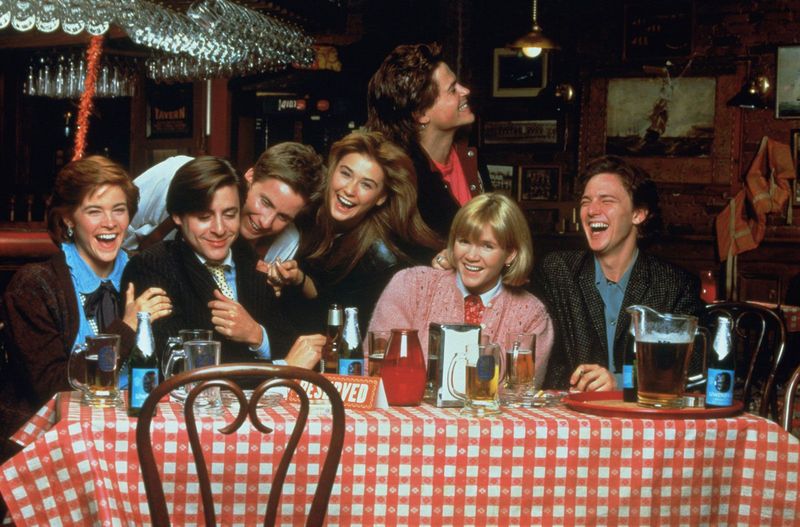
Spending time with friends was an in-person affair, centered around genuine interactions. Whether it was at a local diner, park, or someone’s backyard, hanging out meant being present and enjoying each other’s company. There were no distractions from smartphones or social media.
Conversations were face-to-face, with laughter and stories shared in real-time. Activities ranged from playing games, listening to music, or simply talking for hours. This unfiltered time together built strong friendships and created memories that were grounded in the here and now. Being together was about quality time, something that was truly cherished.
6. Developing photos and waiting to see how they turned out
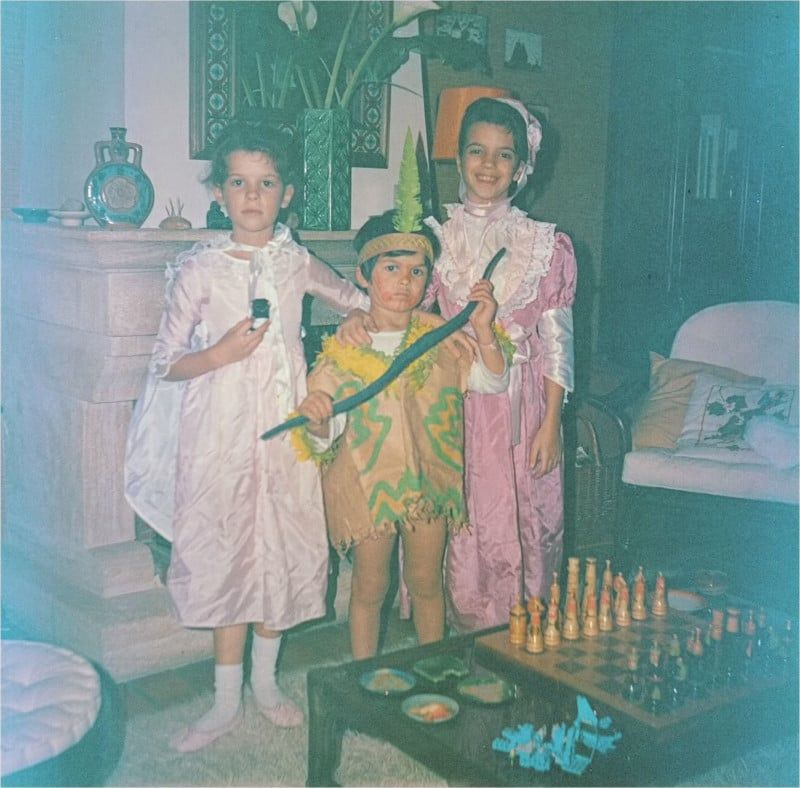
Capturing memories meant using a camera with film, and every click was precious. The anticipation of developing photos was part of the magic. After taking pictures, one would drop the film off at a local shop and wait. When the photos were finally ready, there was an exciting rush to see how they turned out.
Each photo held a surprise, sometimes with unexpected blurs or joyful mishaps. The tangible prints were cherished keepsakes, carefully placed in albums or framed. This process made every photograph a treasure, a captured moment frozen in time, filled with nostalgia and sentiment.
7. Using a map—and getting lost (in a good way)
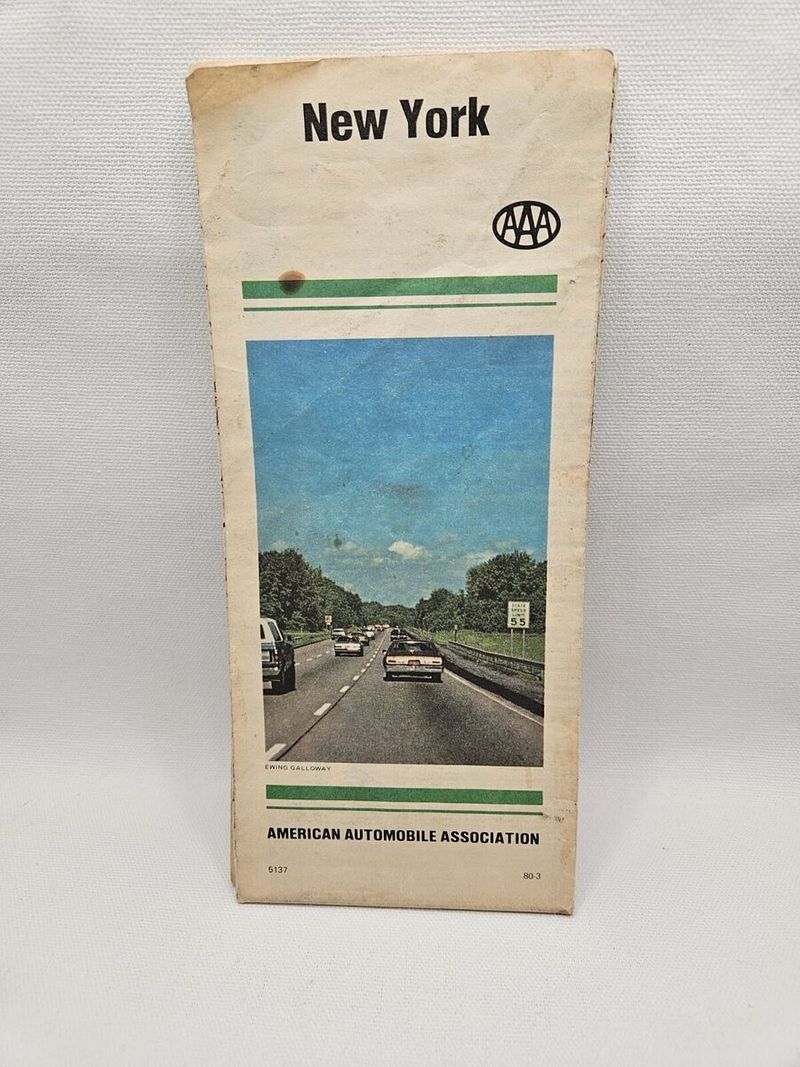
Navigating was an adventure, requiring paper maps and a sense of direction. Road trips meant unfolding large maps, plotting routes, and sometimes getting deliciously lost. Without GPS, finding your way was a mix of skill and serendipity, leading to unexpected discoveries off the beaten path. It was a journey where the destination was just part of the experience.
Detours led to hidden gems, impromptu stops, and delightful surprises. Getting lost was often a highlight, adding stories to tell and memories to cherish. This analog way of traveling turned every trip into a true adventure, filled with spontaneity and wonder.
8. Watching TV when it aired, or missing it completely

Television was a scheduled event, with shows airing at specific times. Missing an episode meant waiting for reruns, so viewers made plans around their favorite programs. Families gathered to watch together, turning TV time into a communal experience. There were no pause buttons or replays, making every airing a must-watch event.
Commercials were part of the package, often entertaining in their own right. This shared viewing created a cultural tapestry, with conversations revolving around last night’s episode. Watching TV was more than just entertainment; it was a ritual that brought people together, creating a shared sense of excitement and belonging.
9. Playing outside until the streetlights came on
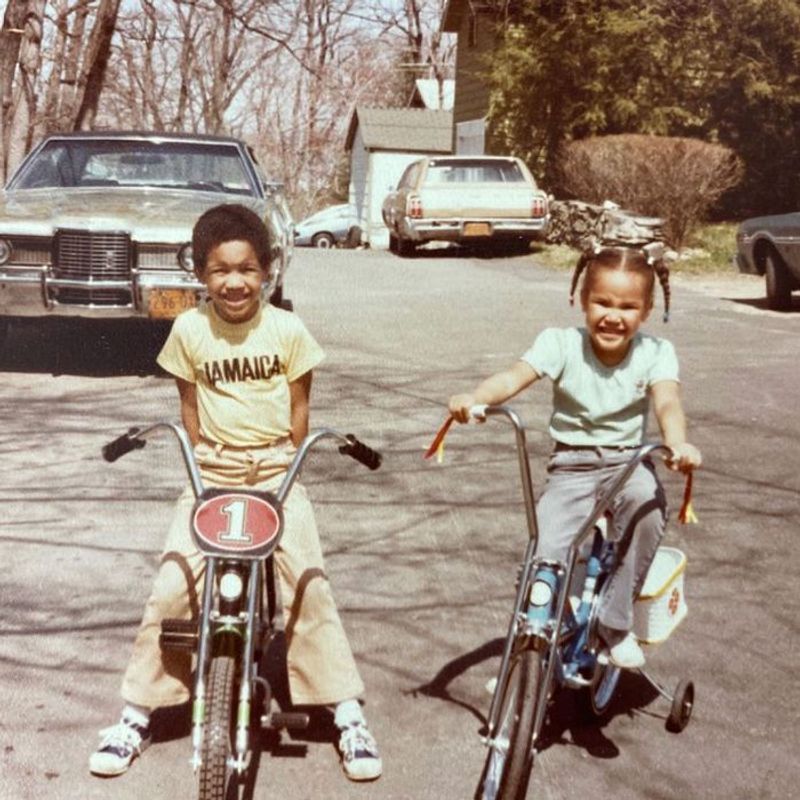
Childhood was spent outdoors, with games of tag, hide and seek, or riding bikes until dusk. The golden rule was to return home when the streetlights flickered on. This outdoor play fostered creativity, independence, and friendships. Without digital distractions, kids invented their own fun, exploring their surroundings and pushing boundaries.
The neighborhood was a playground, with adventures waiting at every corner. This freedom to roam and play was a rite of passage, teaching life lessons and building lifelong memories. Playing outside was not just about fun; it was about growing up with a sense of wonder and discovery.
10. Roller rinks, arcades, and payphones
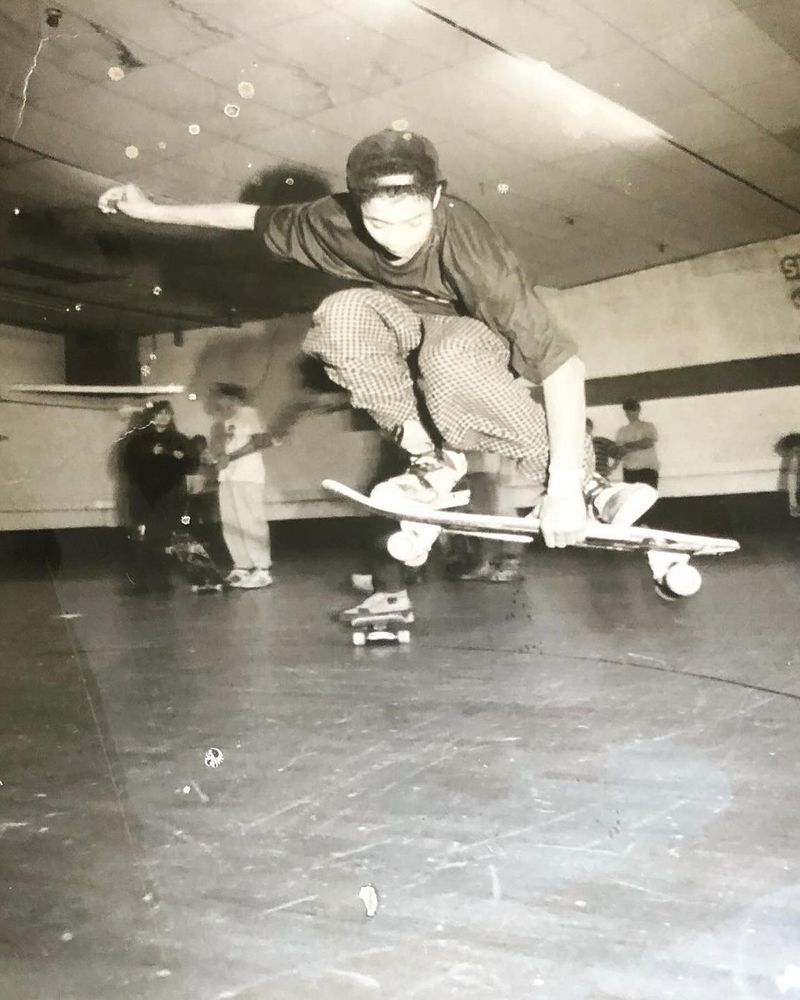
Social hubs like roller rinks and arcades were the heart of teenage life. These places buzzed with energy, offering music, games, and a chance to socialize. Roller rinks were filled with laughter and the sound of wheels gliding over polished floors. Arcades were packed with exciting games, tokens clinking in machines.
Payphones, lined up against walls, were lifelines for quick calls home or setting up plans. These venues were vibrant centers of activity, where friendships flourished and memories were made. The simplicity of these hangouts, without digital interference, made them cherished parts of growing up.
11. Taking your time browsing in a bookstore
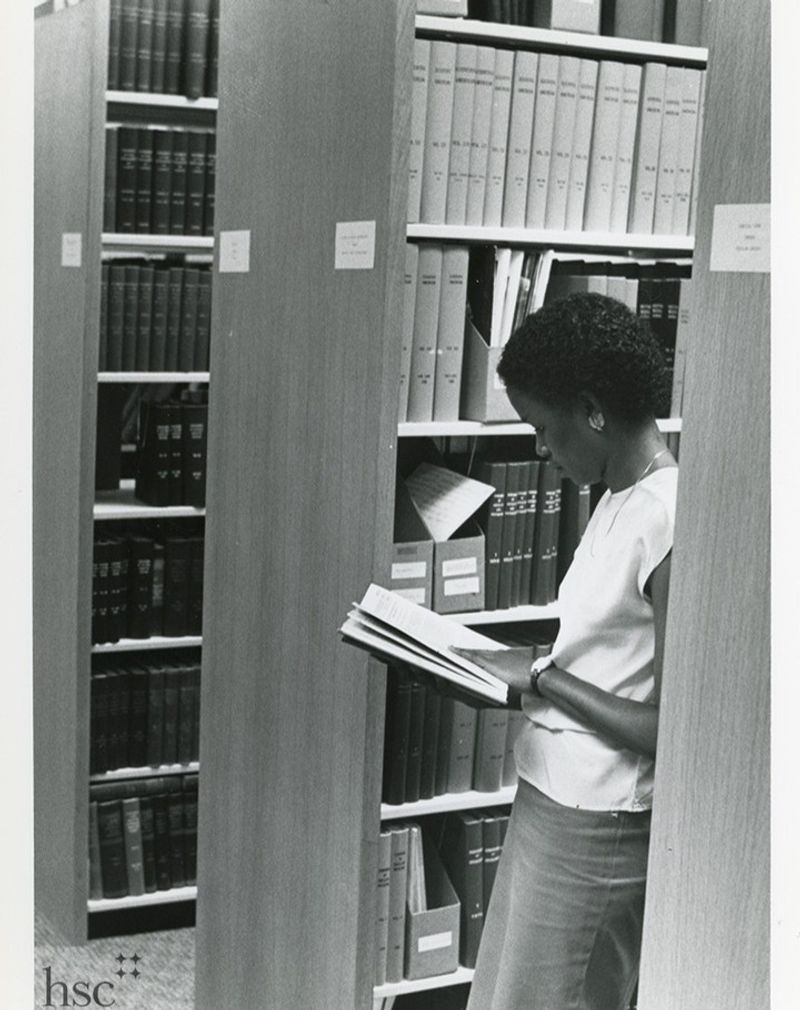
Bookstores were quiet sanctuaries, inviting visitors to wander through aisles of stories and ideas. Taking time to browse was a leisurely pastime, with no rush to leave. The smell of paper and ink filled the air, creating an atmosphere of calm and curiosity. Each book was a potential adventure, waiting to be discovered.
Flipping through pages, reading blurbs, and getting lost in words was a joy. Bookstores offered a tactile experience, with covers to admire and pages to explore. This analog pleasure of discovering new reads without digital distractions was a cherished escape into the world of imagination.
12. Libraries as your only research tool

Research meant visiting the library, the hub of knowledge and information. The card catalog was your guide, leading you to tomes filled with answers. Libraries were bustling with activity, from students researching papers to readers exploring new interests. The quiet ambiance encouraged focus and discovery.
Browsing through books, taking notes, and interacting with librarians was part of the learning journey. This tactile experience of gathering information fostered a deeper connection to the material. Libraries were more than just buildings; they were gateways to understanding, offering a sense of accomplishment in the pursuit of knowledge.
13. Getting your news once a day—from a paper
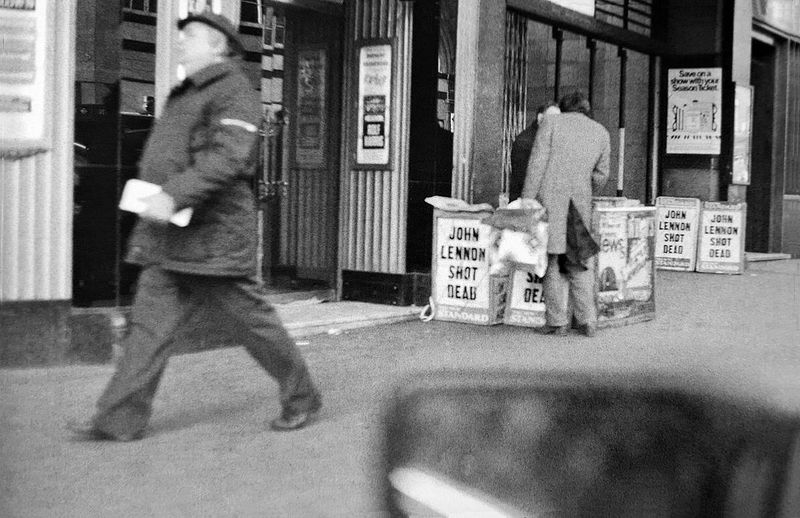
News arrived daily, wrapped in the crinkling pages of the morning newspaper. The ritual of unfolding the paper, scanning headlines, and sipping coffee was a thoughtful start to the day. Each section offered a glimpse into the world, from local happenings to global events. Reading the newspaper was a shared experience, sparking discussions at breakfast tables and workplaces.
The tactile nature of holding newsprint added to the gravitas of staying informed. This slower pace of consuming news allowed for reflection and conversation, weaving the fabric of community and connection. It was a time when news felt more deliberate and impactful.
14. Slower relationships—less “talking,” more talking
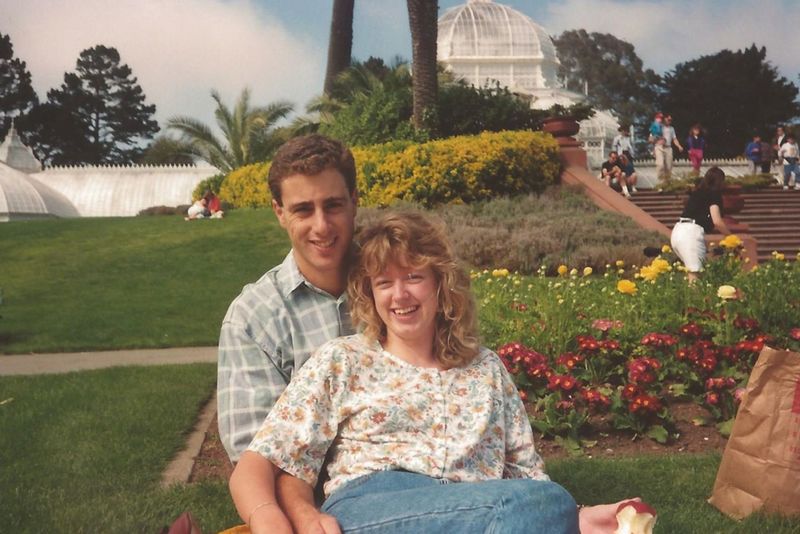
Relationships blossomed at a slower pace, with more emphasis on face-to-face interactions. Without digital distractions, conversations were unhurried and meaningful. Time spent together was about truly getting to know one another, without the pressure of constant connectivity. Letters and phone calls were cherished modes of communication, adding depth to relationships.
This slower pace allowed love to grow naturally, fostering a deeper understanding and connection. Relationships were built on shared experiences and heartfelt conversations, creating bonds that were strong and lasting. This intentional approach to relationships is a nostalgic reminder of a more personal, genuine way to connect.
15. Having no idea who would show up to a party
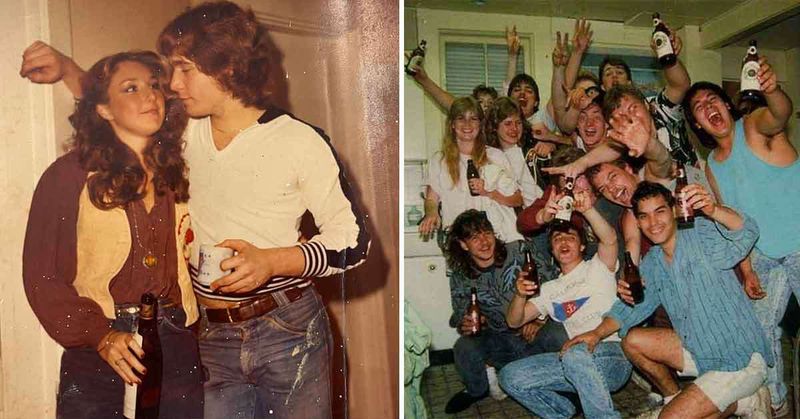
Parties were spontaneous gatherings, where the guest list was often a delightful mystery. Invitations were word-of-mouth, creating a sense of anticipation about who might appear. This unpredictability added excitement, as each arrival brought new energy to the mix. The focus was on being present and enjoying the moment, without the distraction of planning every detail.
Conversations flowed naturally, and unexpected connections were made. This unstructured approach to social gatherings encouraged spontaneity, making each party unique and memorable. It was a time when being together was enough, creating a joyful, carefree atmosphere that was simply fun.
16. Burning CDs with personalized playlists
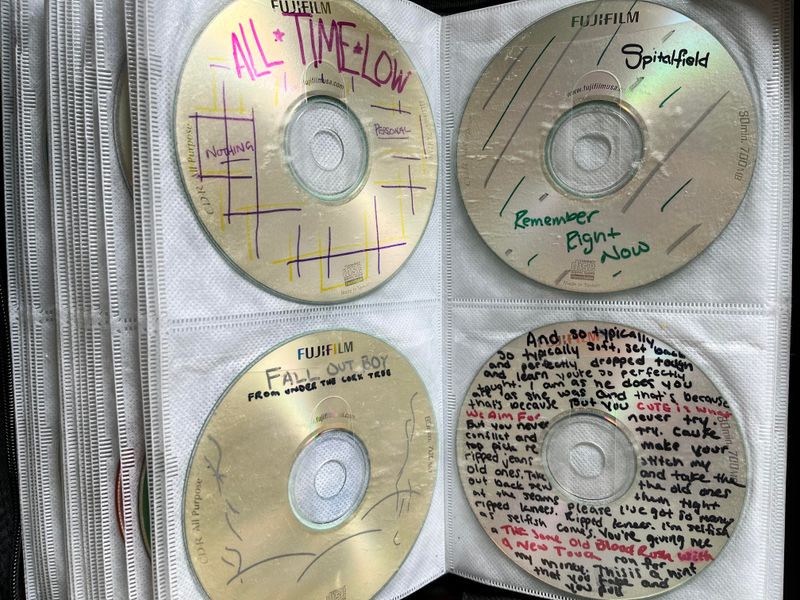
The early 2000s saw the rise of personalized playlists, and burning CDs became an art form. Each disc was a curated collection of songs, reflecting personal tastes and emotions. Creating a playlist required thoughtful selection, arranging tracks to tell a story or set a mood. The final product, a shiny CD, was a tangible piece of one’s musical journey.
These playlists were shared with friends, as gifts or tokens of affection. Burning CDs was a creative outlet, an expression of individuality and musical exploration. This analog form of sharing music carried a personal touch that streaming can’t replicate.
17. Hearing a favorite song on the radio and turning it way up
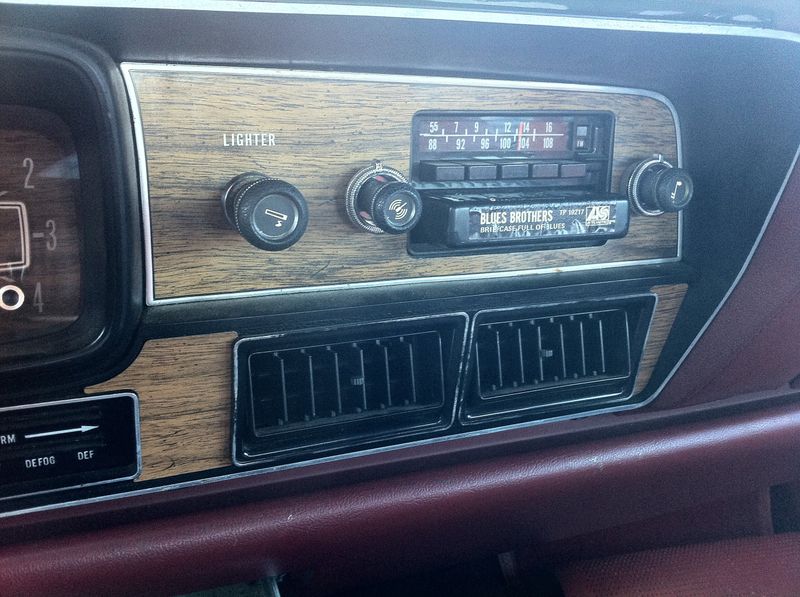
Radio was the soundtrack of daily life, with each song a potential favorite. Hearing a beloved tune on the airwaves was an unexpected delight. The volume knob was cranked up, windows rolled down, and voices joined in singing along. Each song carried memories and emotions, becoming an anthem of the moment. Radio DJs curated playlists that introduced new music and kept listeners engaged.
This shared experience connected people, creating a community through sound. The joy of hearing a favorite song on the radio was a spontaneous celebration, a reminder of the simple pleasures that music can bring to our lives.

